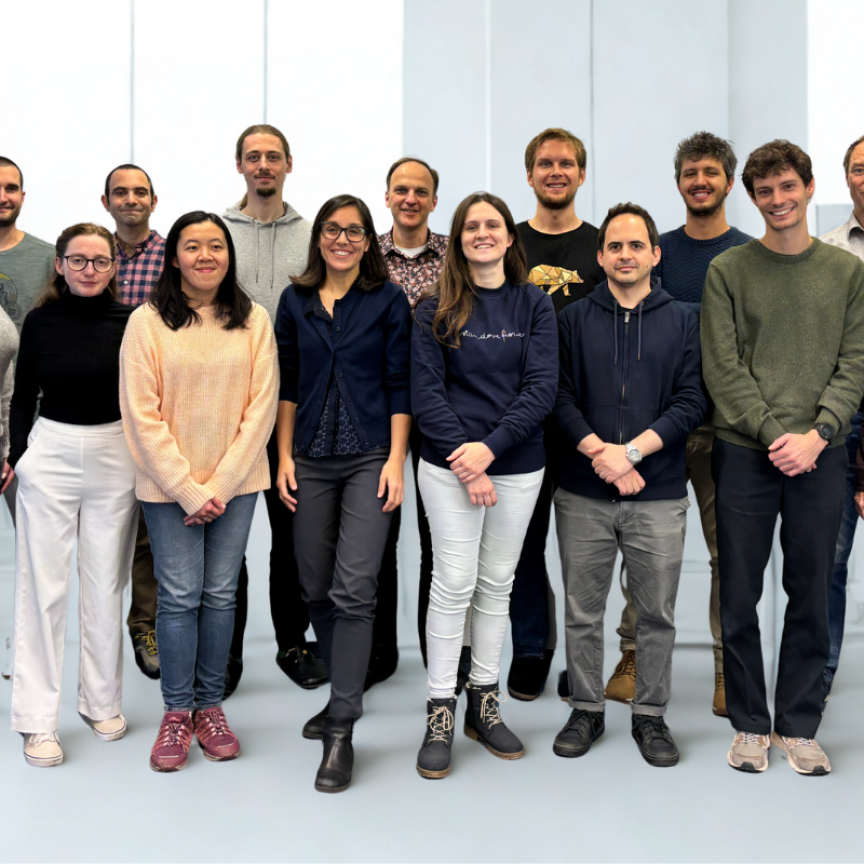People could produce their own electrical energy by entering or leaving a room and use it to power up electronic devices, a study has found.
Researchers at the University of the West of Scotland (UWS) aimed to transform naturally-lost mechanical energy into electrical energy that could be used to power small electronic devices and sensors.
Their study, published in ScienceDirect, shows that the force of a human footprint on a pressure-sensitive mat can produce enough energy to anonymously identify people entering or leaving a room.
The team used a 3D graphene foam material called Gii, provided by advanced material supplier Integrated Graphene for the mat, which was equipped with triboelectric nanogenerators (TENGs).
Thanks to their ability to convert mechanical energy from daily actions into usable electrical energy, Integrated Graphene says, TENGs could power various devices, from small Internet of Things (IoT) electronics to larger items like electric cars and drones.
It adds that energy could be generated from sports, enabling wearable health sensors, supporting smart cities, enhancing industrial solutions, and prolonging drone flight times for improved transport capabilities.
The technology could also provide a low-cost, energy-efficient solution to monitoring building occupancy by linking the measurement with ventilation systems and CO2 monitors, the firm says, and optimise energy resources by – for example – controlling room temperature upon entrance or exit.
Marco Caffio, CSO of Integrated Graphene said: “The possibilities of Gii-TENG are endless, with the potential to push the limits of technology beyond human expectations. With the number of IoT devices interlinked worldwide forecast to reach 100 billion by 2030, there is a clear need for new sustainable energy sources and technologies which can meet the power demand from our reliance on technology for work, life and play. Our Gii-TENG platform could potentially prevent the constant replacement of batteries in trillions of devices, and reduce the utilisation of wires, making the IoT technology of the near future to be wireless and energy autonomous. We’re excited by its potential and believe it could play a key role in society’s journey towards a smart world.”
Dr Carlos Garcia Nuñez, a lecturer at UWS, said: “We’re very excited by these findings. Through our work with Integrated Graphene, we have proven that using Gii-material – an advanced type of three-dimensional graphene foam – as an active layer in TENGs can work as a reliable and cost-effective energy harvesting power source for autonomous sensors and electronics.”
He added: “This discovery has enormous potential for the booming global IoT industry. Given the global need for alternative sources of green energy, Gii-TENGs can potentially provide a sustainable source of power for the multitude of small electronic devices which we use in our everyday lives. Bringing us one step closer to realising a greener and more energy-abundant future.”


